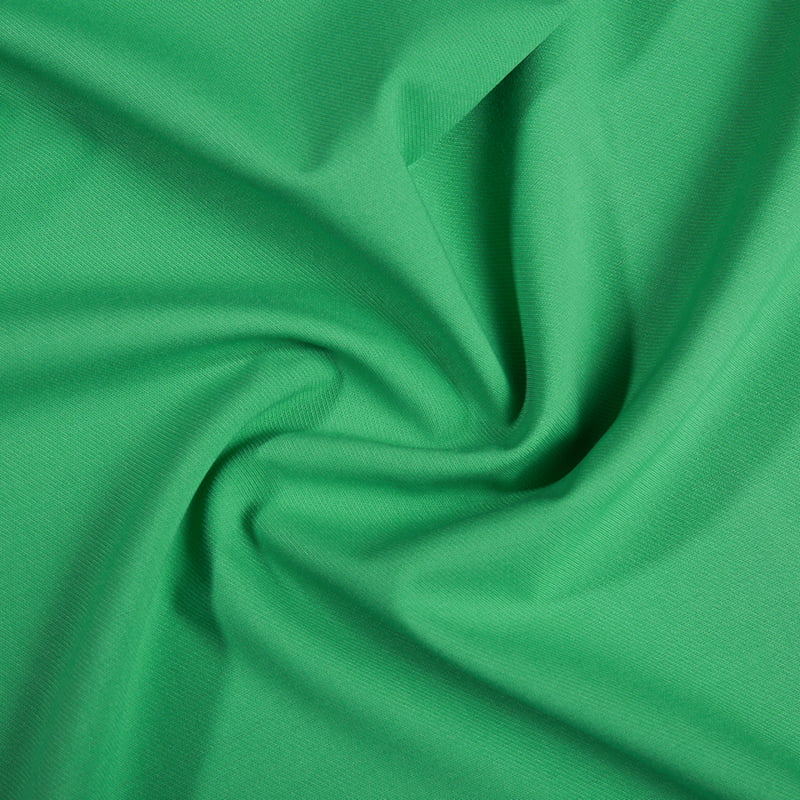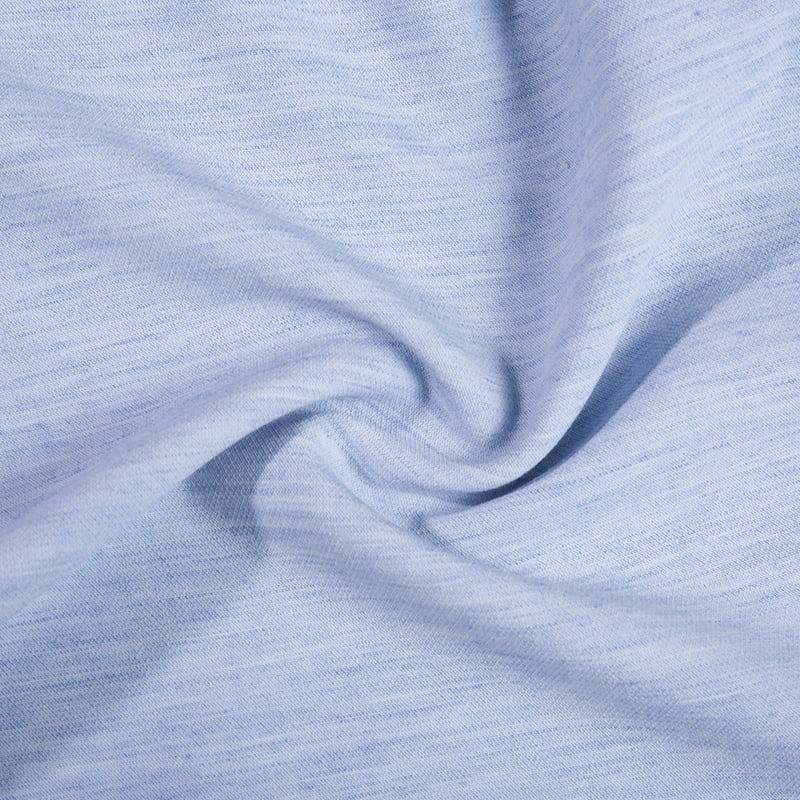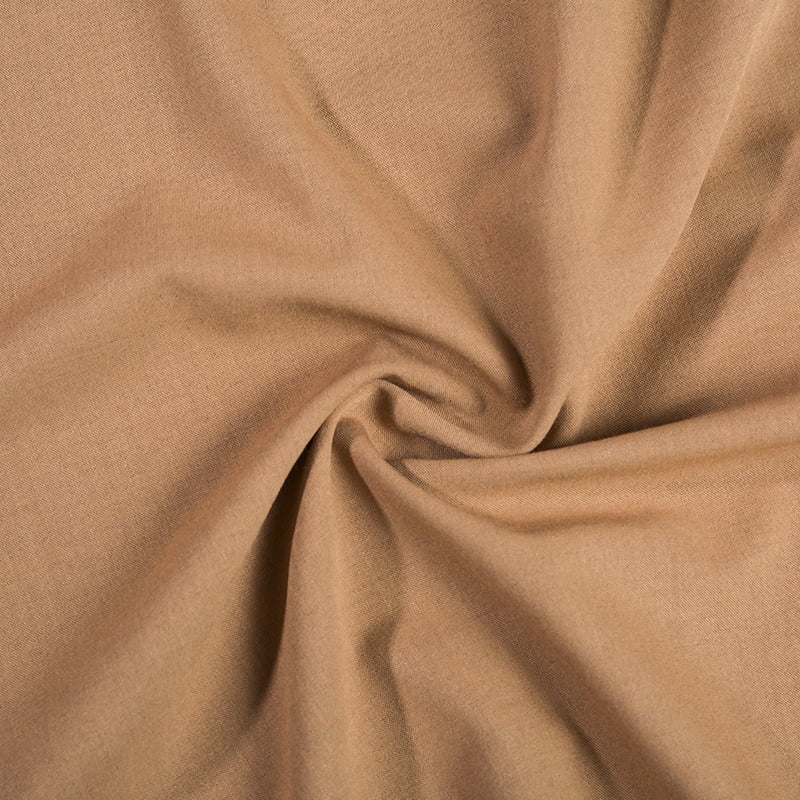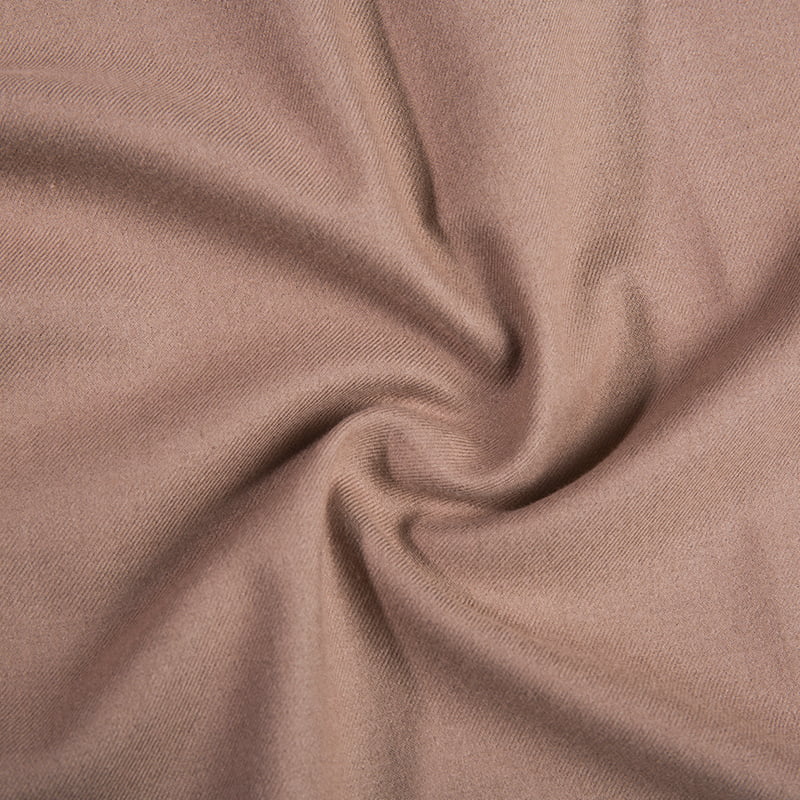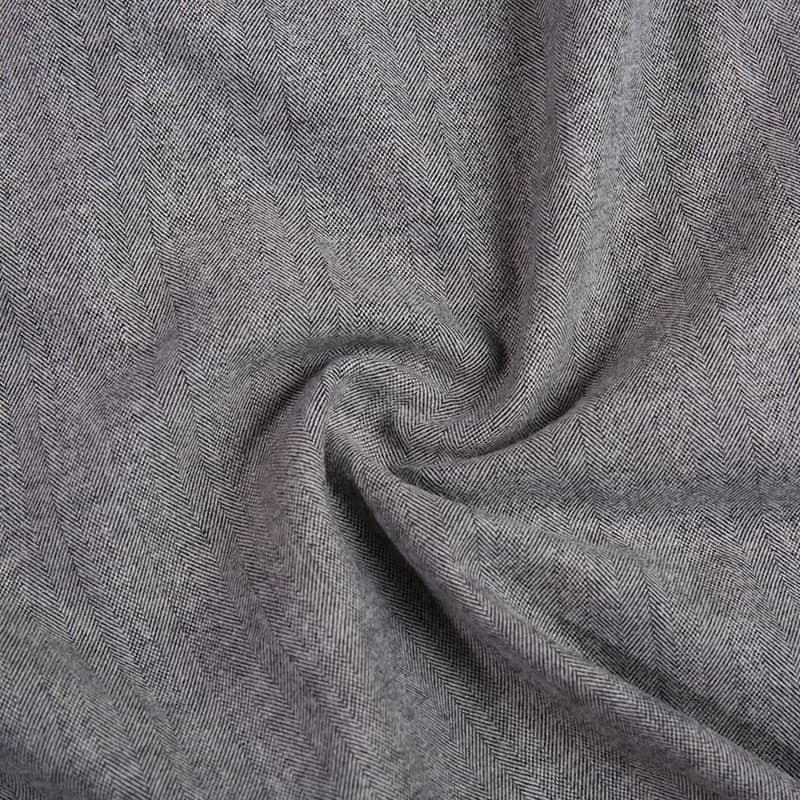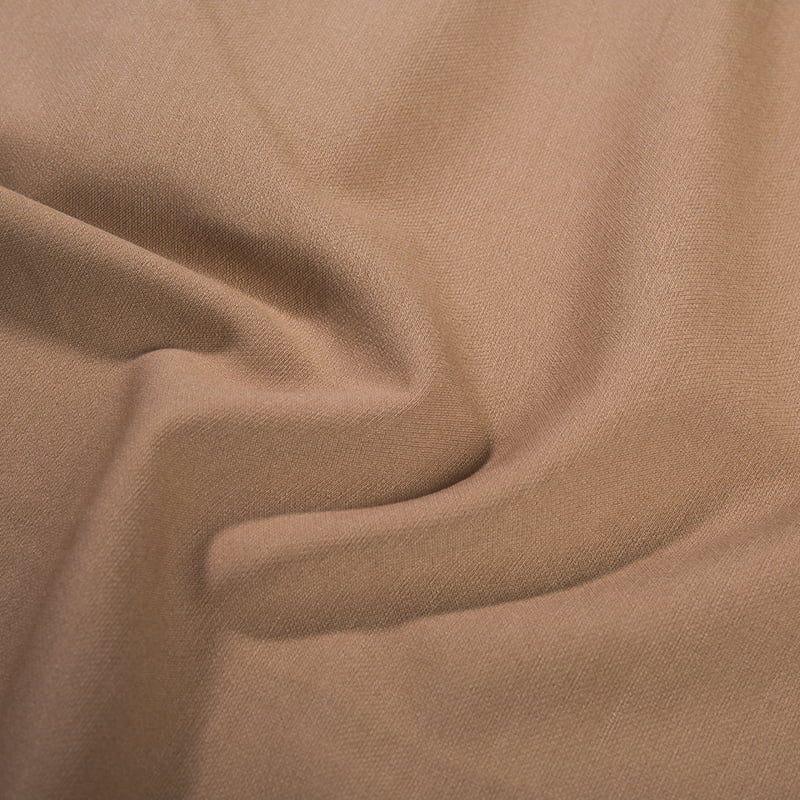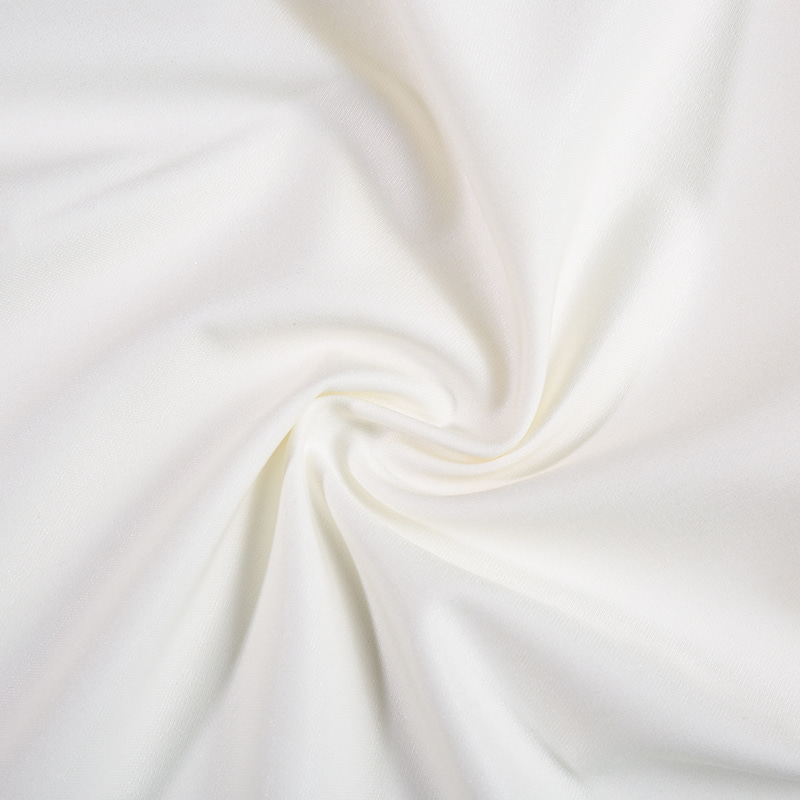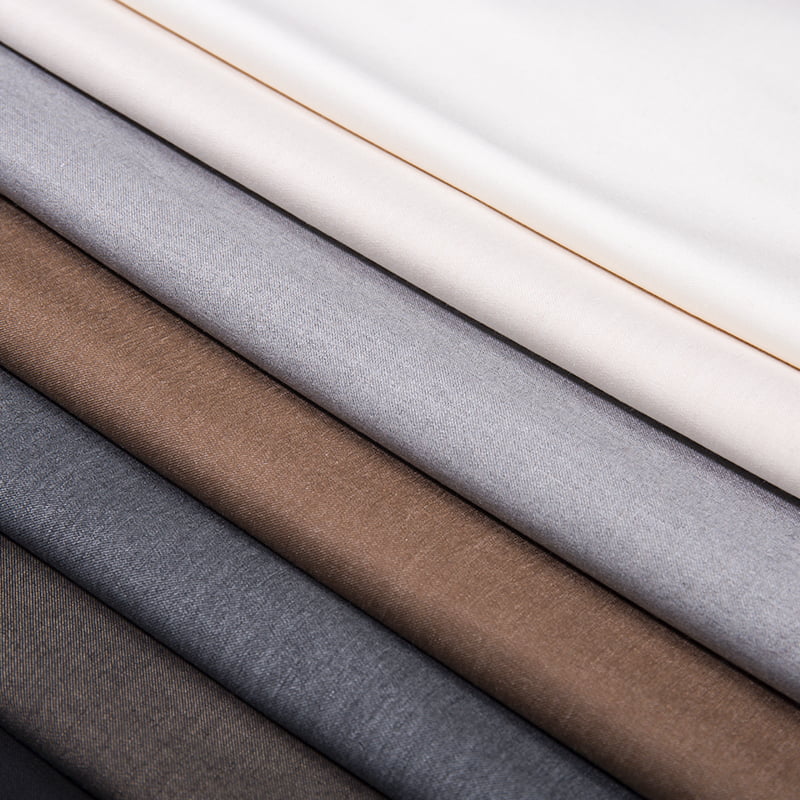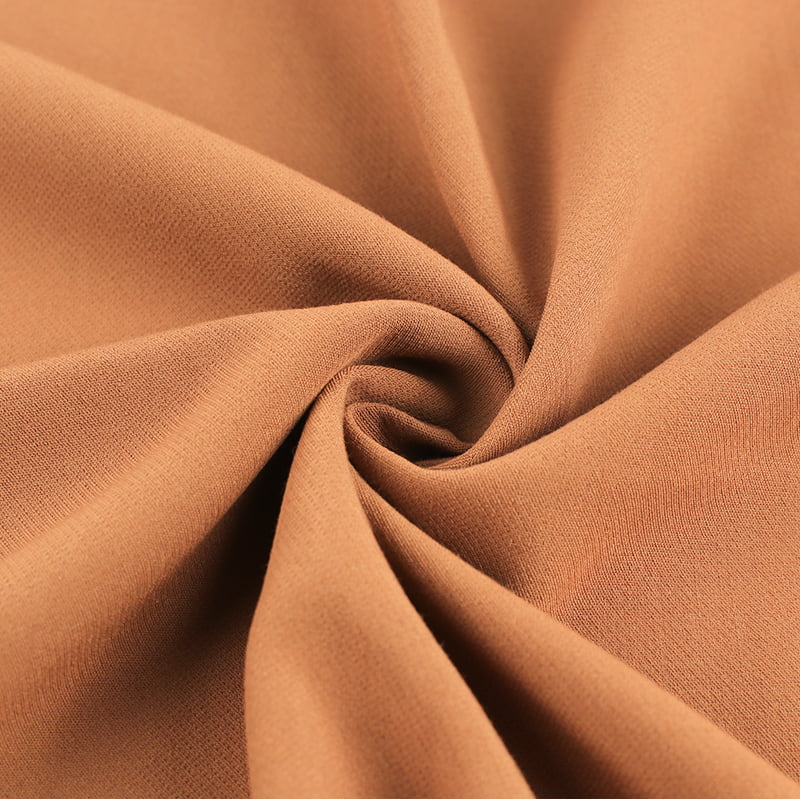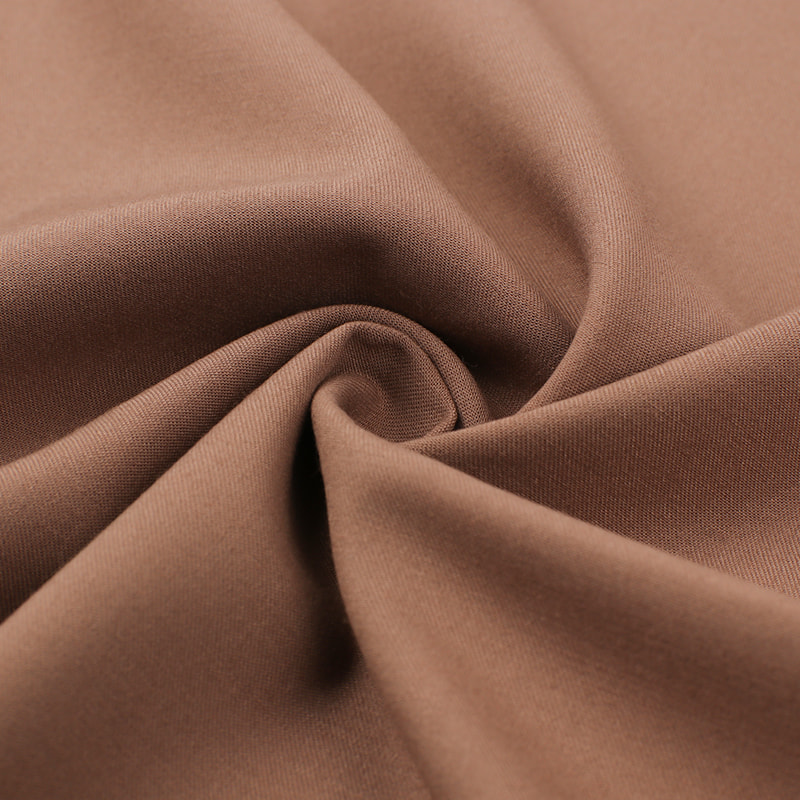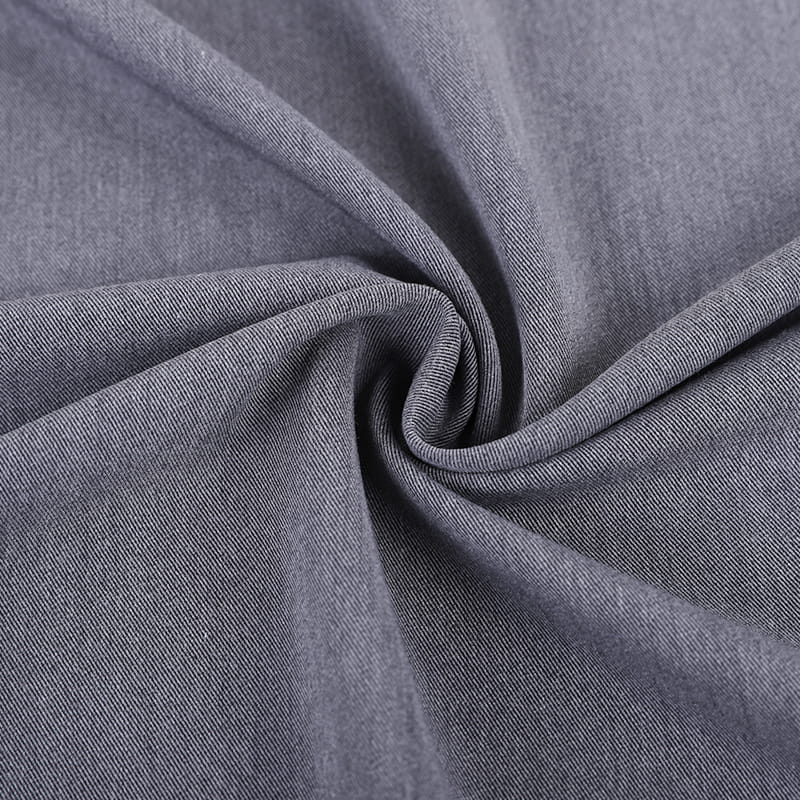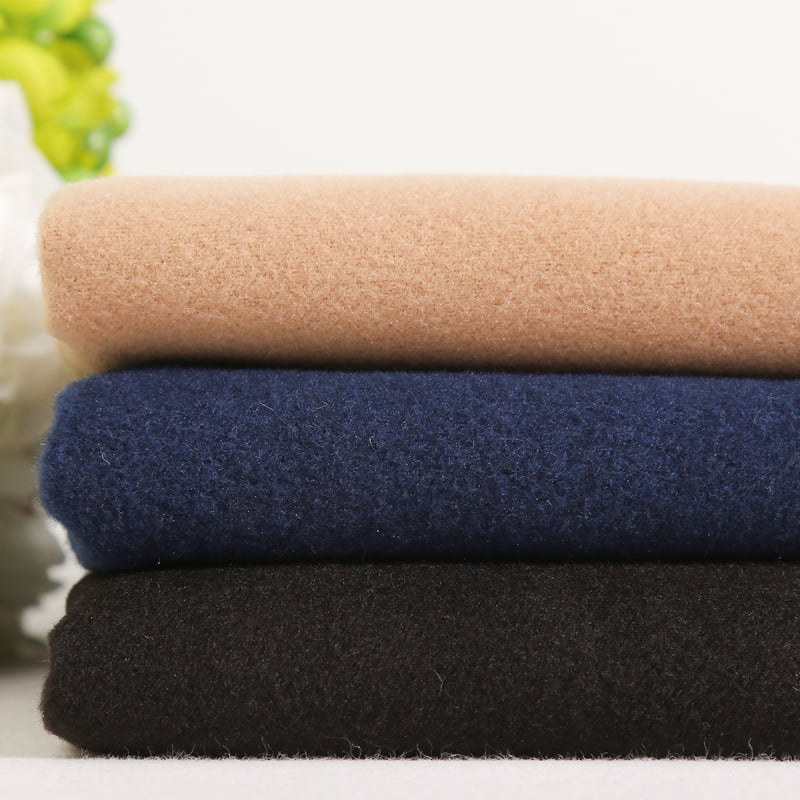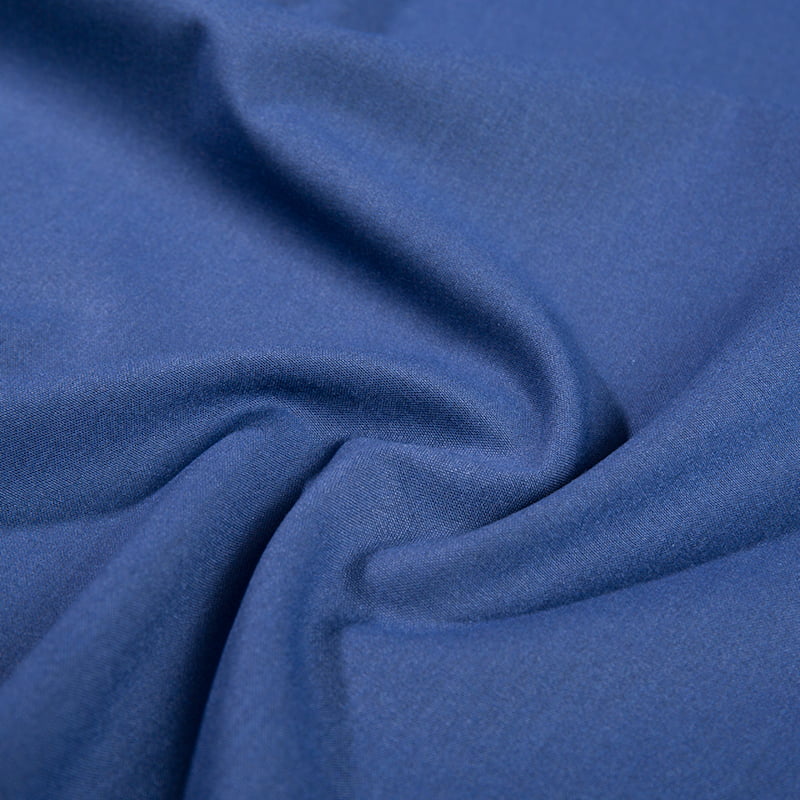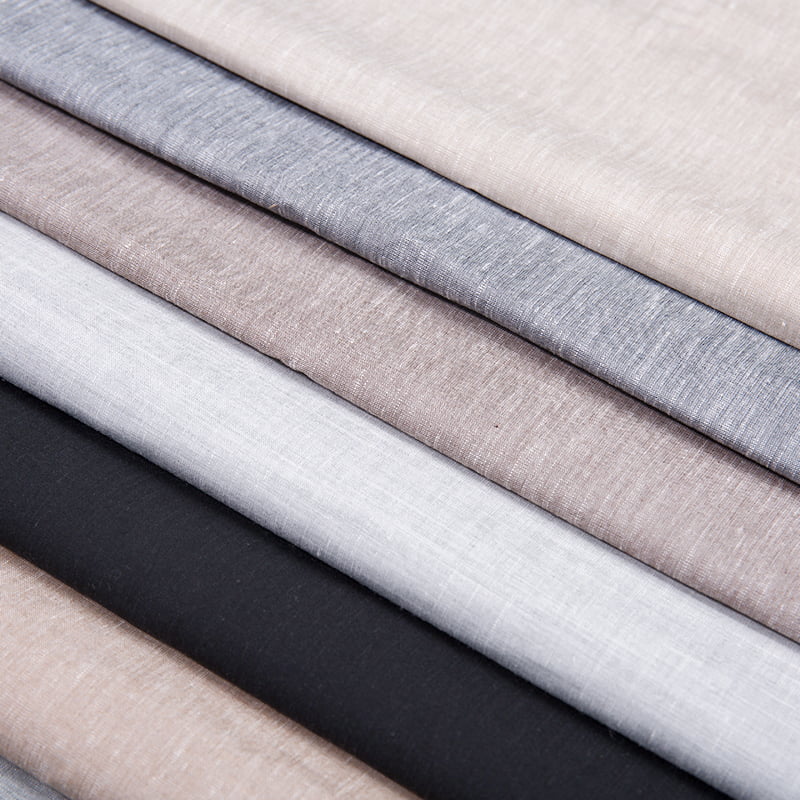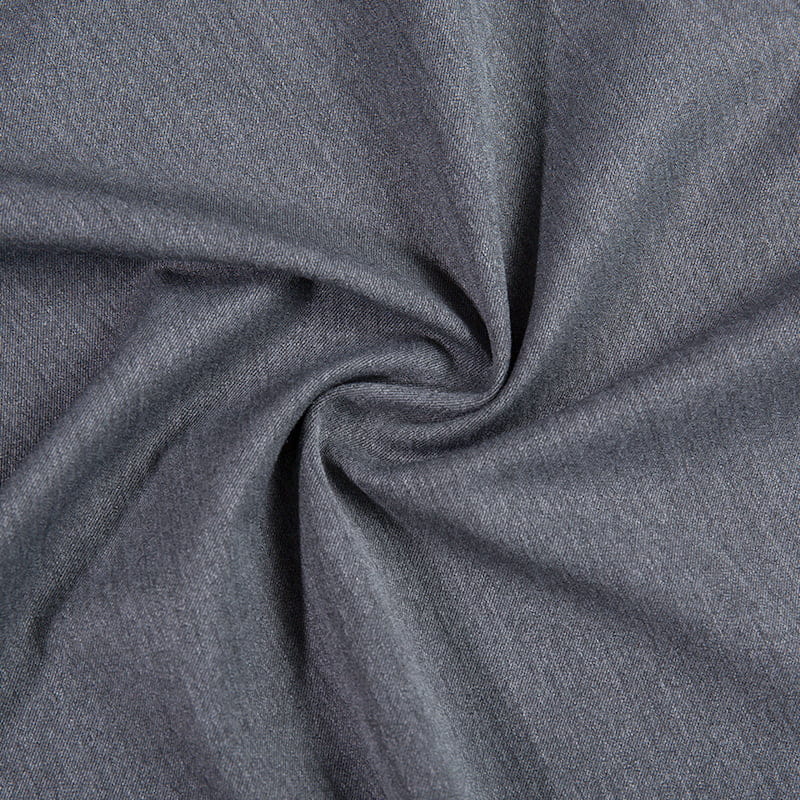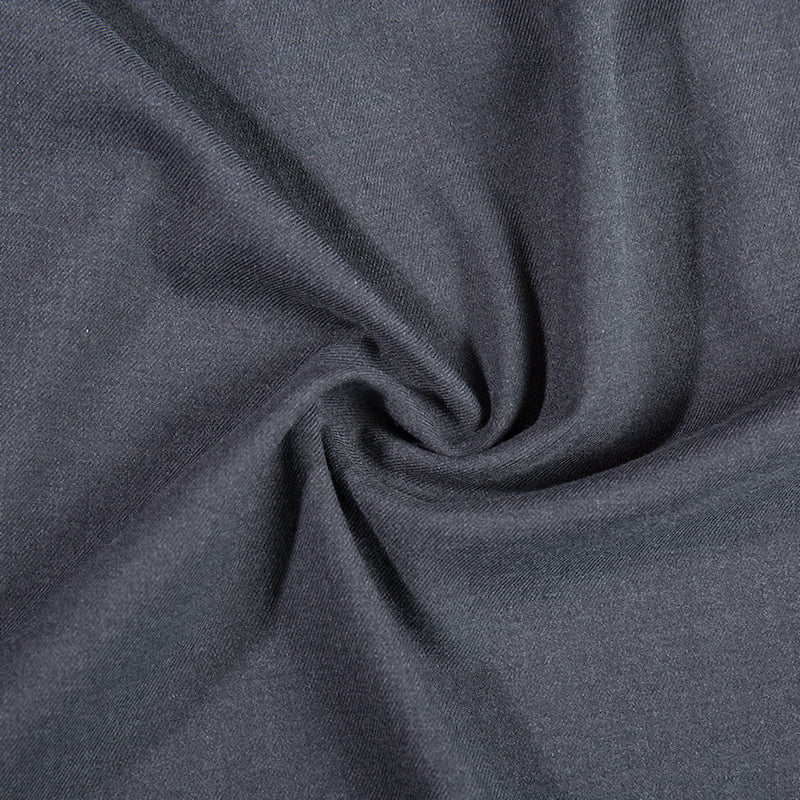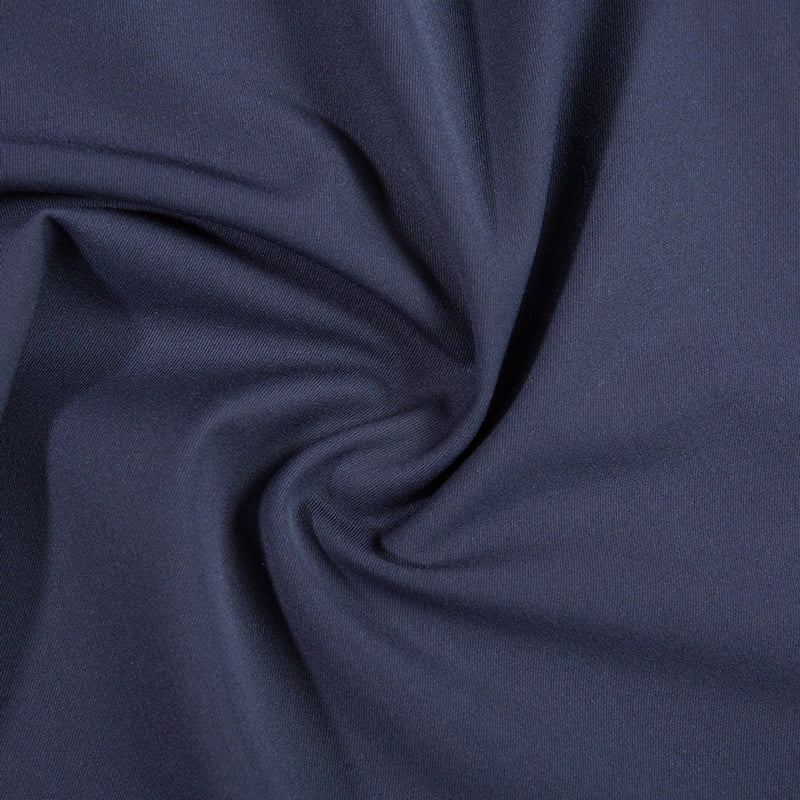Knitting and weaving are two different techniques for making textiles, which have significant differences in structure, manufacturing process, elasticity and breathability, and applications.
The specific differences between knitting and weaving are as follows:
Structure. Knitted goods are mainly composed of needles, which are formed by the combination of needles and threads. There are usually gaps in the structure of knitted goods, making them more breathable; Shuttle fabrics are composed of warp and weft yarns, with warp yarns running along the length direction of the textile and weft yarns interlacing horizontally to form a grid like structure. Shuttle fabrics are usually smoother and more sturdy.
Manufacturing process. The manufacturing process of knitted goods uses a knitting machine to create textiles through the cyclic insertion and movement of stitches; The manufacturing process of shuttle weaving uses a shuttle and a weaving machine, where warp and weft yarns cross and weave on the weaving machine, and the shuttle shuttles back and forth to form the textile.
Elasticity and breathability. The elasticity of knitted fabrics is usually better than that of woven fabrics, as they can naturally fit the body's curves. Due to their structural characteristics, knitted fabrics have more elasticity and stretchability, making them suitable for making close fitting clothing; The elasticity of woven goods is relatively poor, but their breathability is also relatively poor.
Application. Knitwear is commonly used to make underwear, sweaters, socks, etc., and is suitable for making clothes that are more casual and close fitting; Shuttle fabrics are suitable for making jackets, bed sheets, etc., and are often used to make clothes that are more formal and worn externally.
In summary, knitted and woven fabrics have significant differences in structure, manufacturing process, elasticity and breathability, as well as applications, which affect their applications in clothing and textiles.
The difference between knitting and weaving.
-
FX55367 Fashion Women'S Woven Fabric Viscose Wool/Polyester Blend Stretch Suiting Fabric
-
FX54701 Popular Double Weaving Polyester Rayon Stretch Wool Fabric For Suit Uniforms
-
FX54706 Spring/Summer Soft Handfeeling Polyester Viscose Wool Blend 4 Way Stretch Suiting Fabric
-
FX54709 Colorful High Quality Polyester Rayon Stretch Wool Fabric For Ladies'S Pants And Suit
-
FX54869 Herringbone Design Heavy Weight Poly Viscose Wool Cashmere Blend Fabric For Suit
-
FX55874 Soft Handfeeling Plain Dyed Polyester Rayon 4 Way Stretch Wool Suiting Fabric
-
FX55642 Reactive Dyed Wrinkle Resistant Poly Rayon Wool Blend Fabric For Suit And Pants
-
FX55869 Soft Handfeeling Tr 4 Way Stretch Wool/Polyester Fabric For Suit And Trousers
-
FX55885 High Quality Wool Fabric Polyester Rayon With Stretch Fabric Ladies'T Outwear
-
FX54434 Soft Hand Feeling T/R Polyester Rayon Spandex Twill Fabric For Pants Dress Blazers Etc
-
FX50081 Heavy Weight Double Side Brushed Poly Rayon Spandex Fabric For Winter Coat
-
FX55425 Manufacture Tr 4 Way Stretch Top Dyed Fabric For Men'S Suit Trousers
-
FX55884 Fashion Tr Poly Rayon Spandex With Linen Top Dyed Suiting Fabric
-
FX55885 Soft Handfeeling Polyester Rayon Spandex With Modal Top Dyed Suiting Fabric
-
FX55427 Top Dyed Good Color Fastness 2 Way Stretch Tr Suiting Fabric For Men
-
FX55428 High Quality Poly Rayon 2 Way Stretch Top Dyed Tr Suiting Fabric
-
FX55430 Heavy Weight Good Handfeeling Poly Viscose With Stretch Top Dyed Suiting Fabric


 English
English 中文简体
中文简体 日本語
日本語 한국어
한국어 Español
Español русский
русский
